Compiled Some Basic Information I Know About Drawing Fat Characters For Beginners Since I've Been Seeing




Compiled some basic information I know about drawing fat characters for beginners since I've been seeing more talk about absence of really basic traits in a lot of art lately.
Morpho Fat and Skin Folds on Archive.org (for free!)
More Posts from Kunartis and Others
Do you have any tips on drawing the neck? Also I hope you have a good day :)



these are some of my personal "rules" when it comes to necks so I hope this helps!

Made an OC challenge thingy! Draw your OC with status effects that slightly alter your OC's base design (red-faced, baggy-eyed, sickly pale, hair a mess... you name it)
More resources can be found here @donut-toast-resources
Write Tension that isn't just Yelling or Guns
Listen, not all tension is someone holding a knife or screaming “I’ve had enough, Derek!” at a dinner party. Real, edge-of-your-seat tension can be quiet, slow, awkward, and still make your reader grip the page like it owes them money. So here are my favorite ways to sneak tension in like a gremlin under the bed...
╰ Unanswered Questions (That the Character is Actively Avoiding)
Tension isn’t always about what’s said—it’s about what’s not said. Let your character dodge questions, interrupt, change subjects. Let readers feel the silence humming between the lines. + Great for: secrets, internal conflict, emotional gut-punches.
╰ Time Pressure Without Action Pressure
A clock ticking doesn’t always mean bombs. Sometimes it means waiting for a test result. A letter. A phone call. A knock on the door. Tension = knowing something’s coming but not knowing when. + Great for: psychological suspense, horror, relationship drama.
╰ Small Talk That’s Not Really Small Talk
When two characters are talking about the weather, but both are secretly screaming inside? That’s tension. Give one character a goal (say the thing, don’t say the thing) and the other a defense mechanism. Now sit back and watch the discomfort bloom. + Great for: slow burns, rivalries, “we’re not talking about that night, are we?”
╰ Two Characters Who Want Opposite Things But Are Pretending They Don’t
Someone wants to leave. Someone wants them to stay. Someone wants to confess. Someone is acting like nothing’s wrong. Make your characters polite when they want to scream. + Great for: emotionally repressed chaos, family drama, enemies-to-lovers.
╰ One Character Realizes Something The Other Doesn’t
A power shift = instant tension. One person knows the truth. The other’s still talking like everything’s fine. Let that dread slow-cook. Readers love being in on the secret. + Great for: betrayal, secrets, foreshadowing plot twists.
╰ Body Language That Contradicts the Dialogue
They say “I’m fine,” but they’re picking their thumbnail raw. They laugh too hard. Their smile doesn’t reach their eyes. Show the cracks forming. Let the reader sense the dissonance. + Great for: all genres. Especially emotionally loaded scenes.
╰ Echoed Phrases or Reused Words That Hit Differently the Second Time
When a character repeats something someone else said—but now it’s laced with bitterness or grief? Chills. Callback dialogue is your best friend for building subtle dread or emotional weight. + Great for: heartbreak scenes, arcs coming full circle, psychological unraveling.
╰ Characters Performing a Role to Keep the Peace
Pretending to be “the good sibling.” Faking confidence in a boardroom. Playing therapist when they’re not okay themselves. Tension thrives when someone’s holding it together with duct tape and fake smiles. + Great for: internal conflict, layered characterization, slow unravelings.





I'm currently doing an online art school program and I thought I'd share some notes on clothing pieces for anyone else whose like me and for some reason can't understand objects with free from lol I hope you find some of these observations/ notes useful for any of your art journeys!
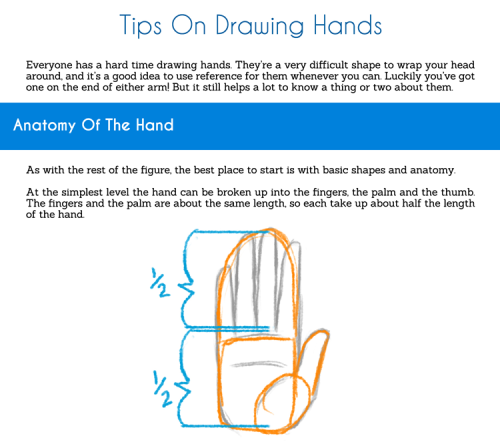


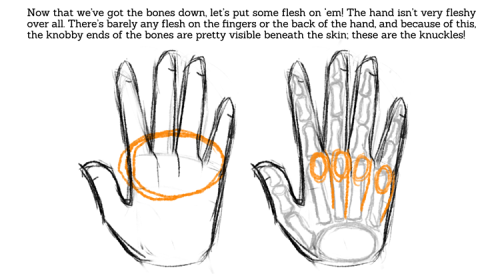
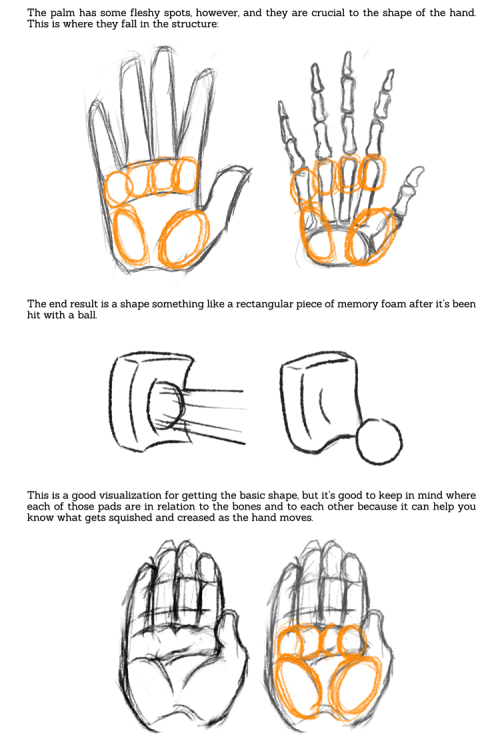
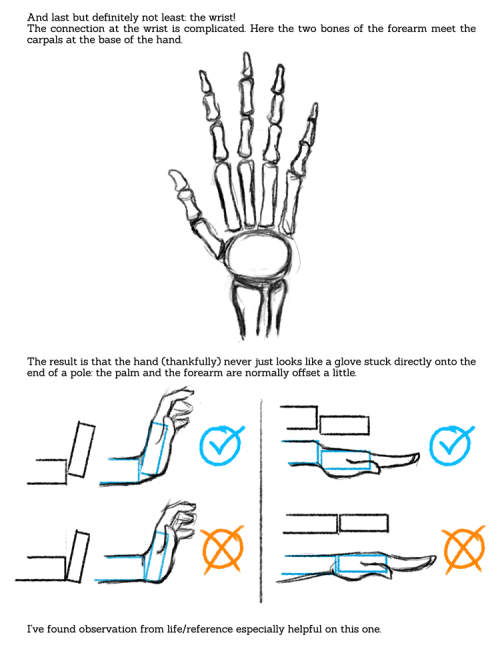

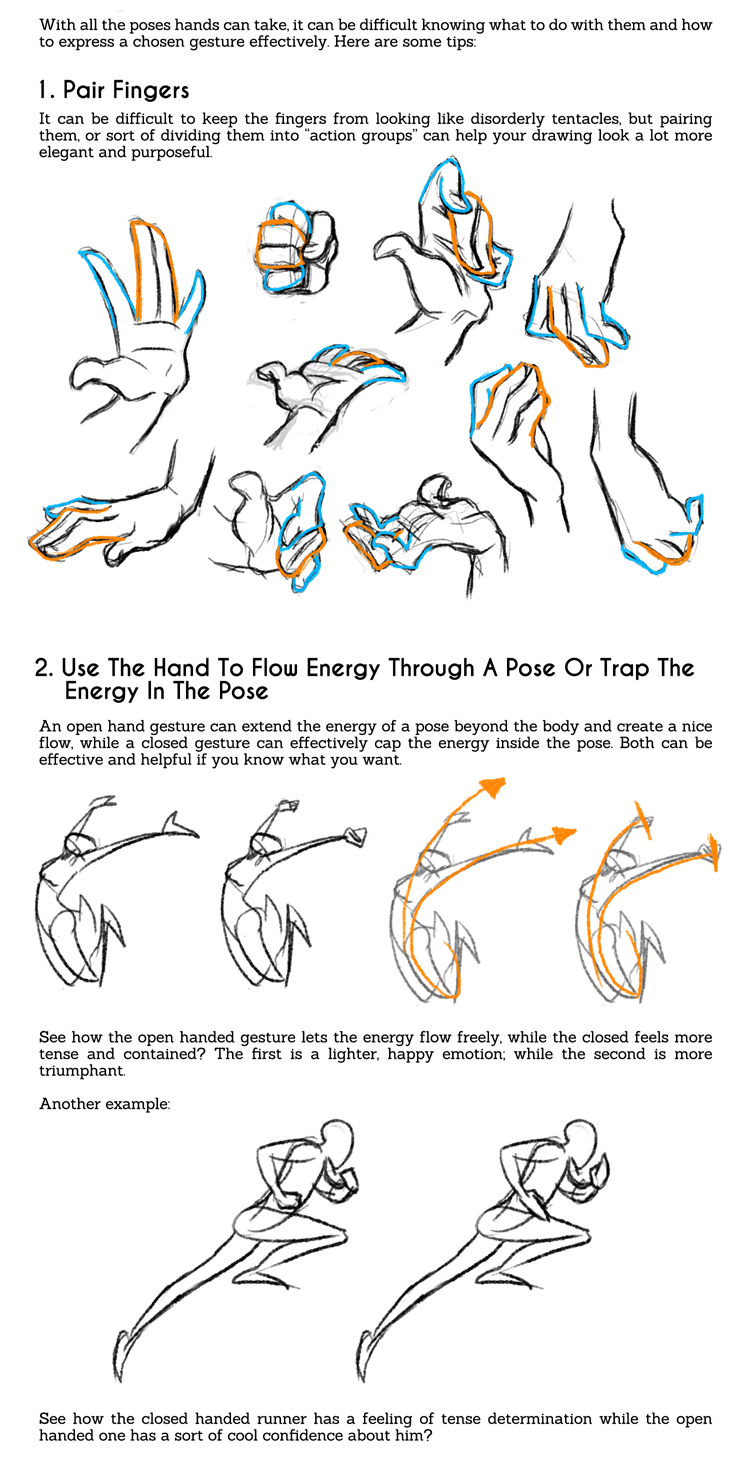
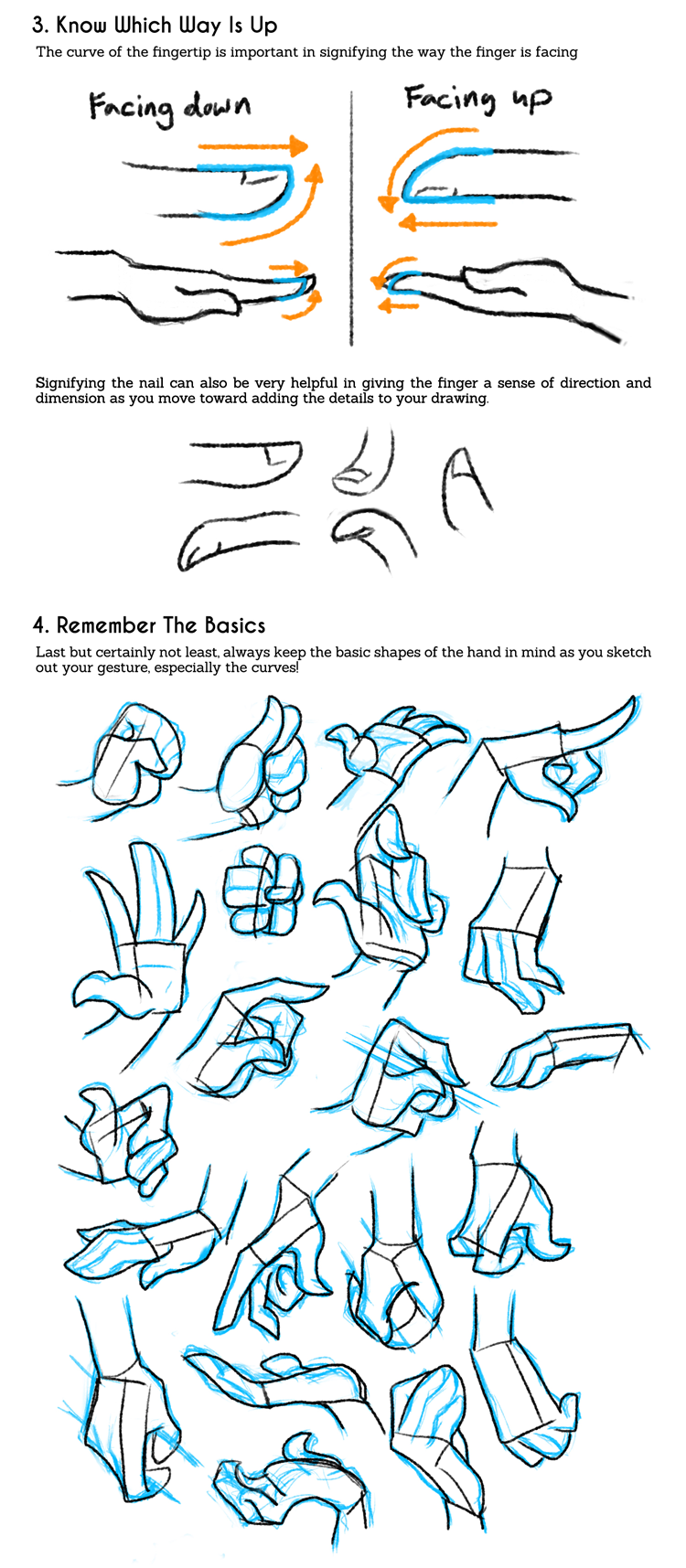
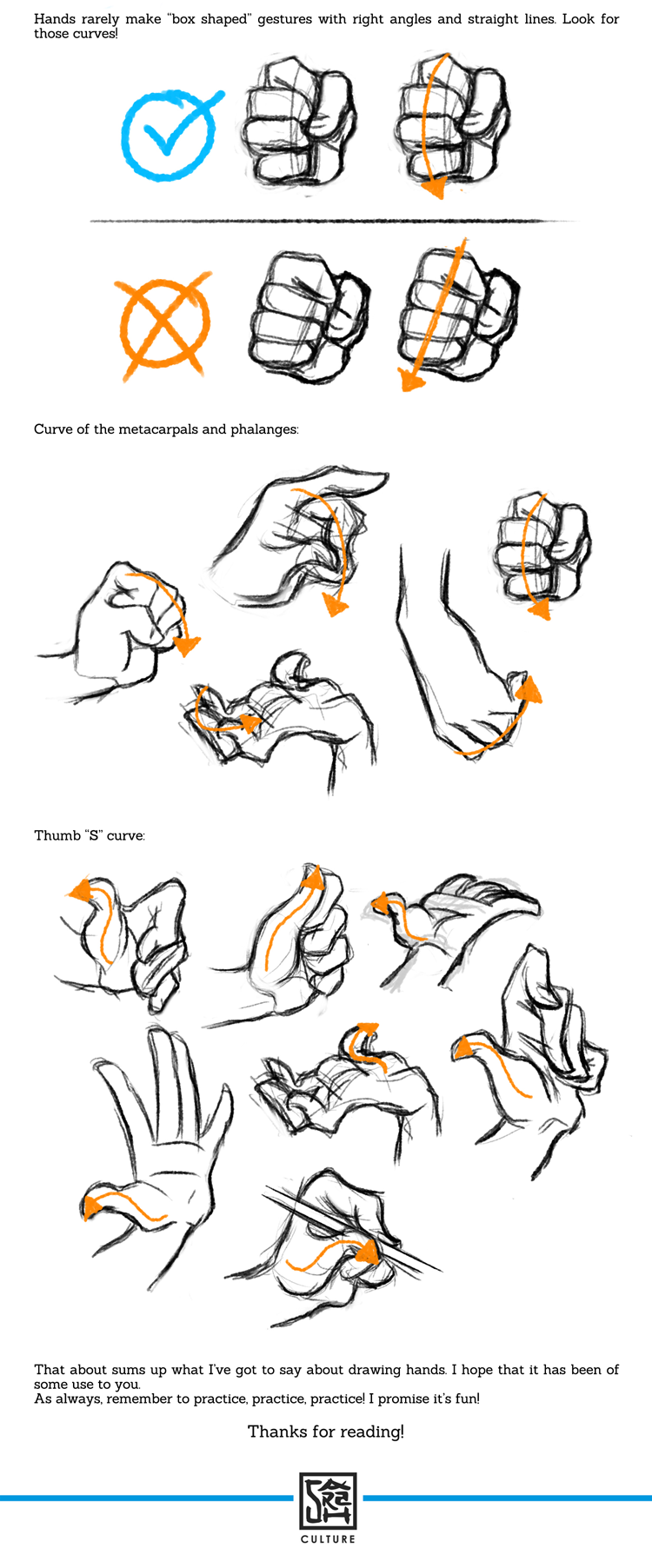
Tips on Drawing Hands Tutorial
Hope this is helpful!
DeviantArt






[ID in alt]
Tutorial on drawing characters/OCs who have some sort of facial paralysis. It doesn't cover all possible variants because I was using mirror as my main reference lawl
Keep in mind that this is an introductory drawing tutorial and has some generalizations in it, so not every “X is Z” statement will be true for Actual People 👍
Consider supporting me on ko-fi if you find this to be helpful.
-
 zerr0xx liked this · 1 week ago
zerr0xx liked this · 1 week ago -
 lionsfairytale liked this · 1 week ago
lionsfairytale liked this · 1 week ago -
 pastelprince18 liked this · 1 week ago
pastelprince18 liked this · 1 week ago -
 yepusername liked this · 1 week ago
yepusername liked this · 1 week ago -
 tennelleflowers liked this · 1 week ago
tennelleflowers liked this · 1 week ago -
 yourundead reblogged this · 1 week ago
yourundead reblogged this · 1 week ago -
 oh-lord-what-is-it-up-to-now reblogged this · 1 week ago
oh-lord-what-is-it-up-to-now reblogged this · 1 week ago -
 leather-enclosed-moonlight reblogged this · 1 week ago
leather-enclosed-moonlight reblogged this · 1 week ago -
 cannibalforum liked this · 1 week ago
cannibalforum liked this · 1 week ago -
 ghost-of-a-swarm-of-bees reblogged this · 1 week ago
ghost-of-a-swarm-of-bees reblogged this · 1 week ago -
 kvietka reblogged this · 1 week ago
kvietka reblogged this · 1 week ago -
 kvietka liked this · 1 week ago
kvietka liked this · 1 week ago -
 qoriyuraq reblogged this · 1 week ago
qoriyuraq reblogged this · 1 week ago -
 qoriyuraq liked this · 1 week ago
qoriyuraq liked this · 1 week ago -
 disorganizedreligionofmyhead reblogged this · 1 week ago
disorganizedreligionofmyhead reblogged this · 1 week ago -
 aquitheimmortalone liked this · 1 week ago
aquitheimmortalone liked this · 1 week ago -
 cl0udyski3s liked this · 1 week ago
cl0udyski3s liked this · 1 week ago -
 home-sick-shambles liked this · 1 week ago
home-sick-shambles liked this · 1 week ago -
 gerbertsdad liked this · 1 week ago
gerbertsdad liked this · 1 week ago -
 duskdishwasher liked this · 1 week ago
duskdishwasher liked this · 1 week ago -
 xano-nano reblogged this · 1 week ago
xano-nano reblogged this · 1 week ago -
 kryptickrow liked this · 1 week ago
kryptickrow liked this · 1 week ago -
 homicidal-vegeterian reblogged this · 1 week ago
homicidal-vegeterian reblogged this · 1 week ago -
 skepticalprowlersword liked this · 1 week ago
skepticalprowlersword liked this · 1 week ago -
 callisto-161 liked this · 1 week ago
callisto-161 liked this · 1 week ago -
 lunarwriter24 reblogged this · 1 week ago
lunarwriter24 reblogged this · 1 week ago -
 my-arietta reblogged this · 1 week ago
my-arietta reblogged this · 1 week ago -
 archivist-caleb reblogged this · 1 week ago
archivist-caleb reblogged this · 1 week ago -
 archivist-caleb liked this · 1 week ago
archivist-caleb liked this · 1 week ago -
 bloorbsbig reblogged this · 1 week ago
bloorbsbig reblogged this · 1 week ago -
 dragon-ace reblogged this · 1 week ago
dragon-ace reblogged this · 1 week ago -
 dragon-ace liked this · 1 week ago
dragon-ace liked this · 1 week ago -
 rosenirvana liked this · 1 week ago
rosenirvana liked this · 1 week ago -
 raaaat reblogged this · 1 week ago
raaaat reblogged this · 1 week ago -
 theconfusedsystem reblogged this · 1 week ago
theconfusedsystem reblogged this · 1 week ago -
 manly-crafting liked this · 1 week ago
manly-crafting liked this · 1 week ago -
 aquatheawkward liked this · 1 week ago
aquatheawkward liked this · 1 week ago -
 dngrcpckwithmurdericing reblogged this · 1 week ago
dngrcpckwithmurdericing reblogged this · 1 week ago -
 charkellyism liked this · 1 week ago
charkellyism liked this · 1 week ago -
 sablerefs reblogged this · 2 weeks ago
sablerefs reblogged this · 2 weeks ago -
 rattatart reblogged this · 2 weeks ago
rattatart reblogged this · 2 weeks ago -
 rattatart liked this · 2 weeks ago
rattatart liked this · 2 weeks ago -
 francelamp liked this · 2 weeks ago
francelamp liked this · 2 weeks ago -
 rourkie liked this · 2 weeks ago
rourkie liked this · 2 weeks ago -
 goop-up-ludicrous reblogged this · 2 weeks ago
goop-up-ludicrous reblogged this · 2 weeks ago -
 starberrries liked this · 2 weeks ago
starberrries liked this · 2 weeks ago -
 depressed-insomniac liked this · 2 weeks ago
depressed-insomniac liked this · 2 weeks ago -
 insomniacdaydreamss liked this · 2 weeks ago
insomniacdaydreamss liked this · 2 weeks ago -
 arabellascaos liked this · 2 weeks ago
arabellascaos liked this · 2 weeks ago -
 omegajor liked this · 2 weeks ago
omegajor liked this · 2 weeks ago






